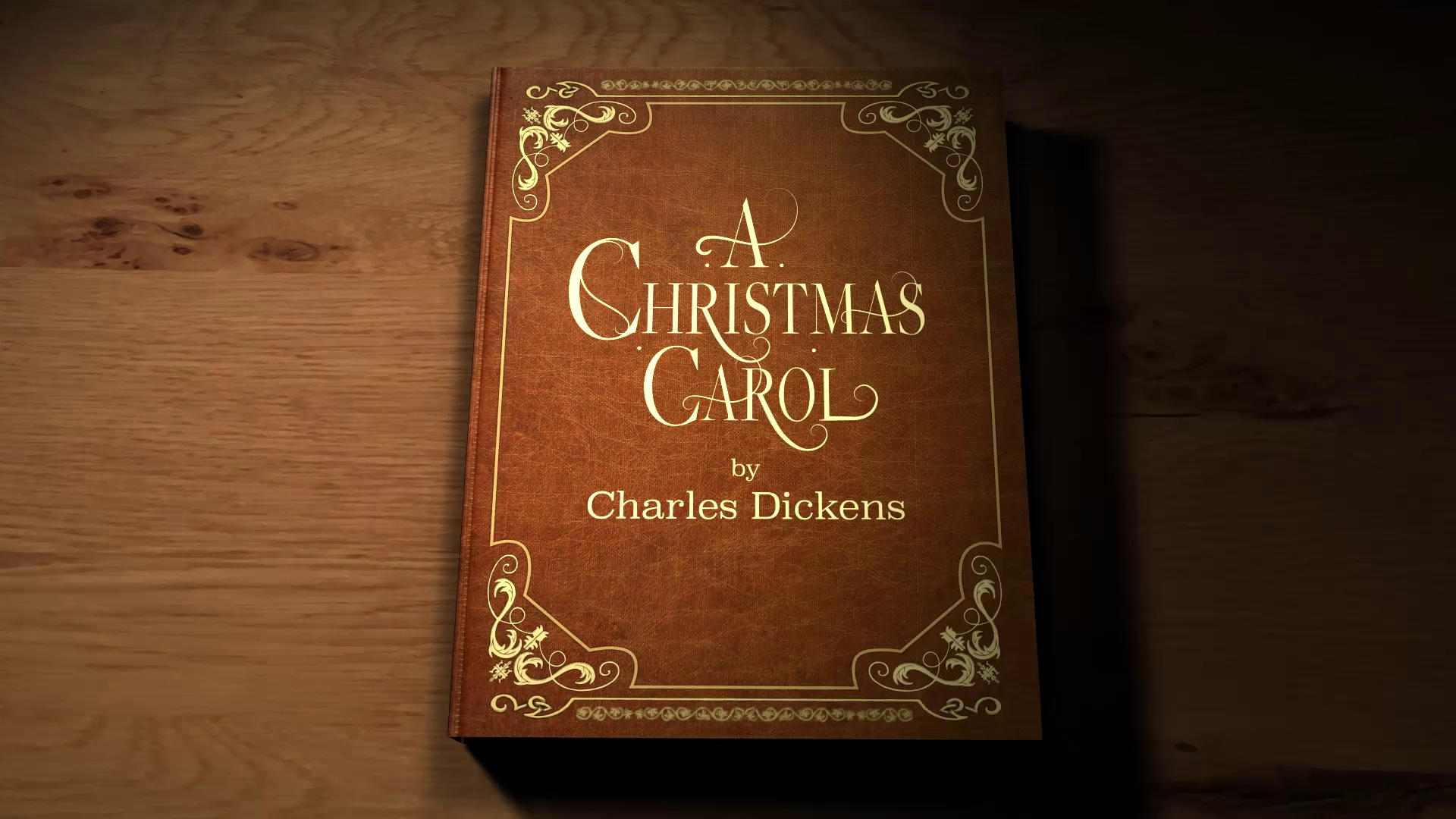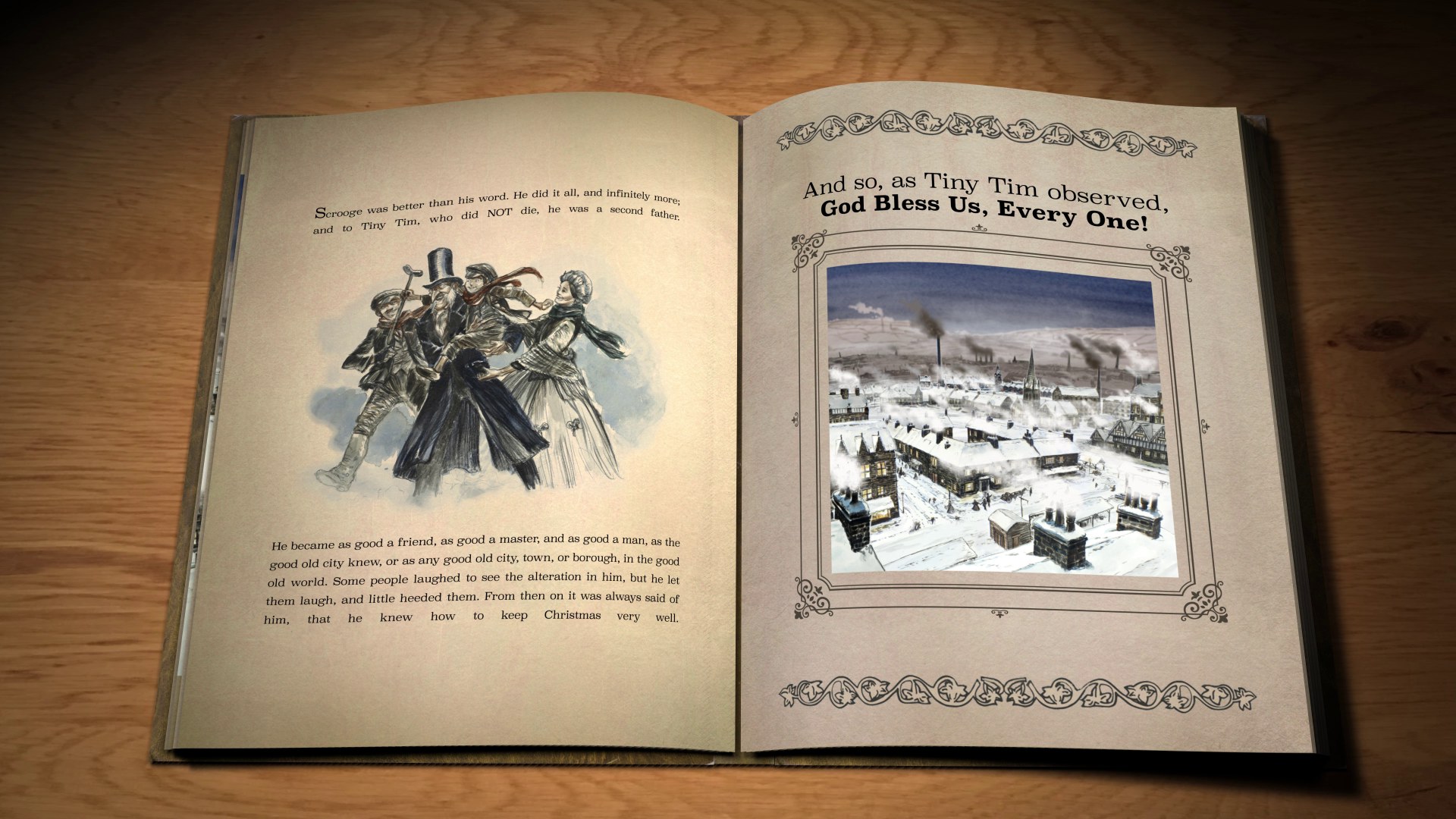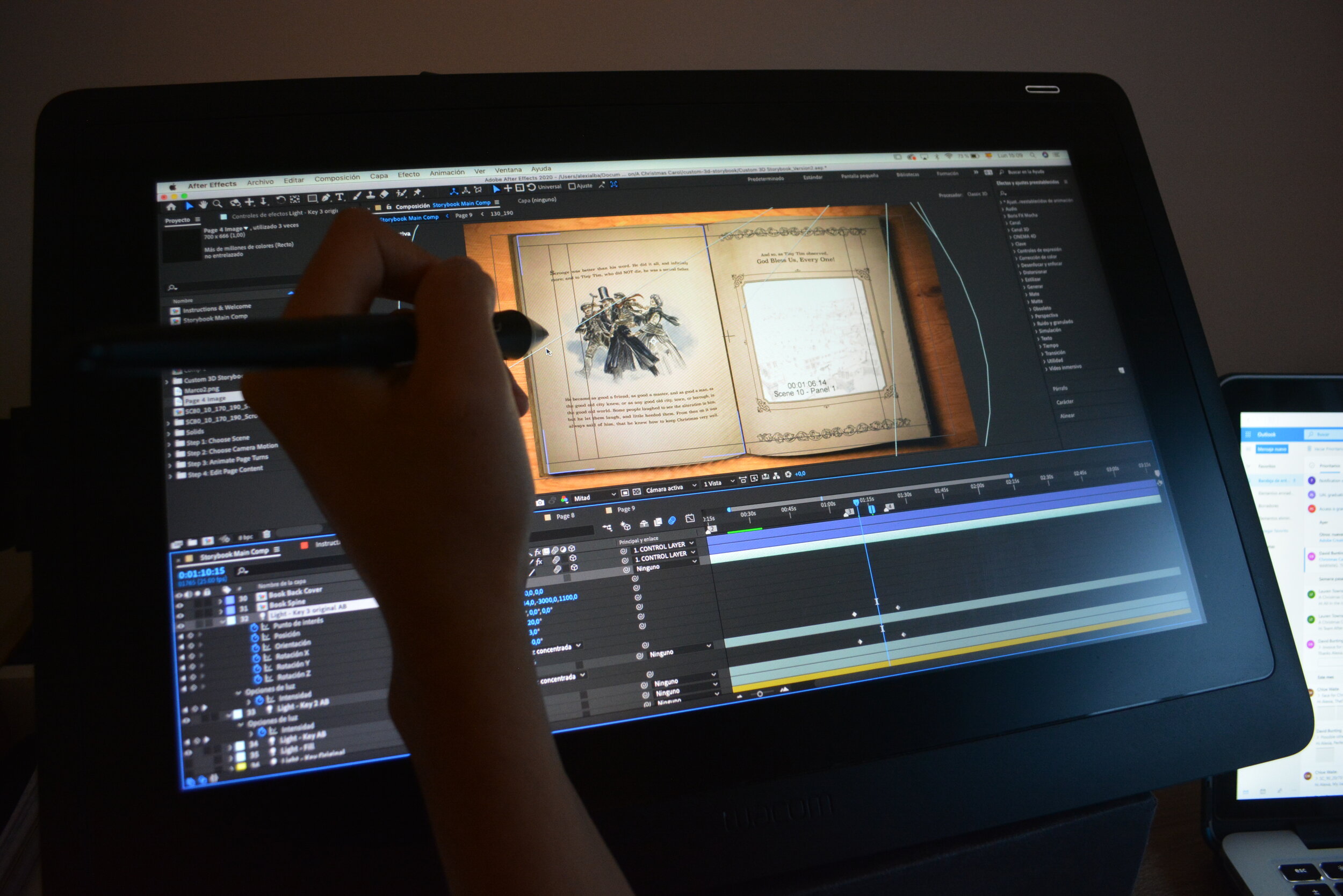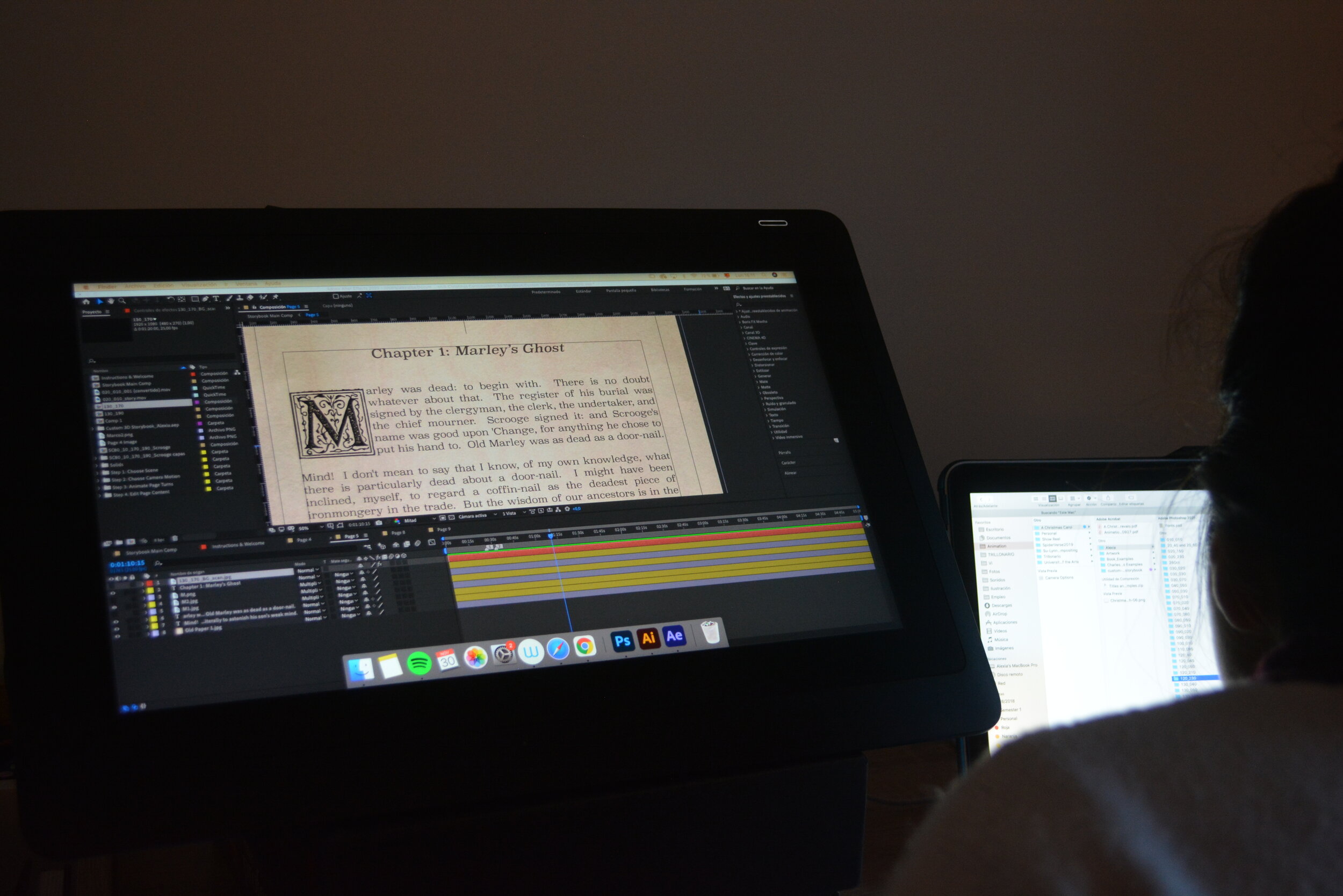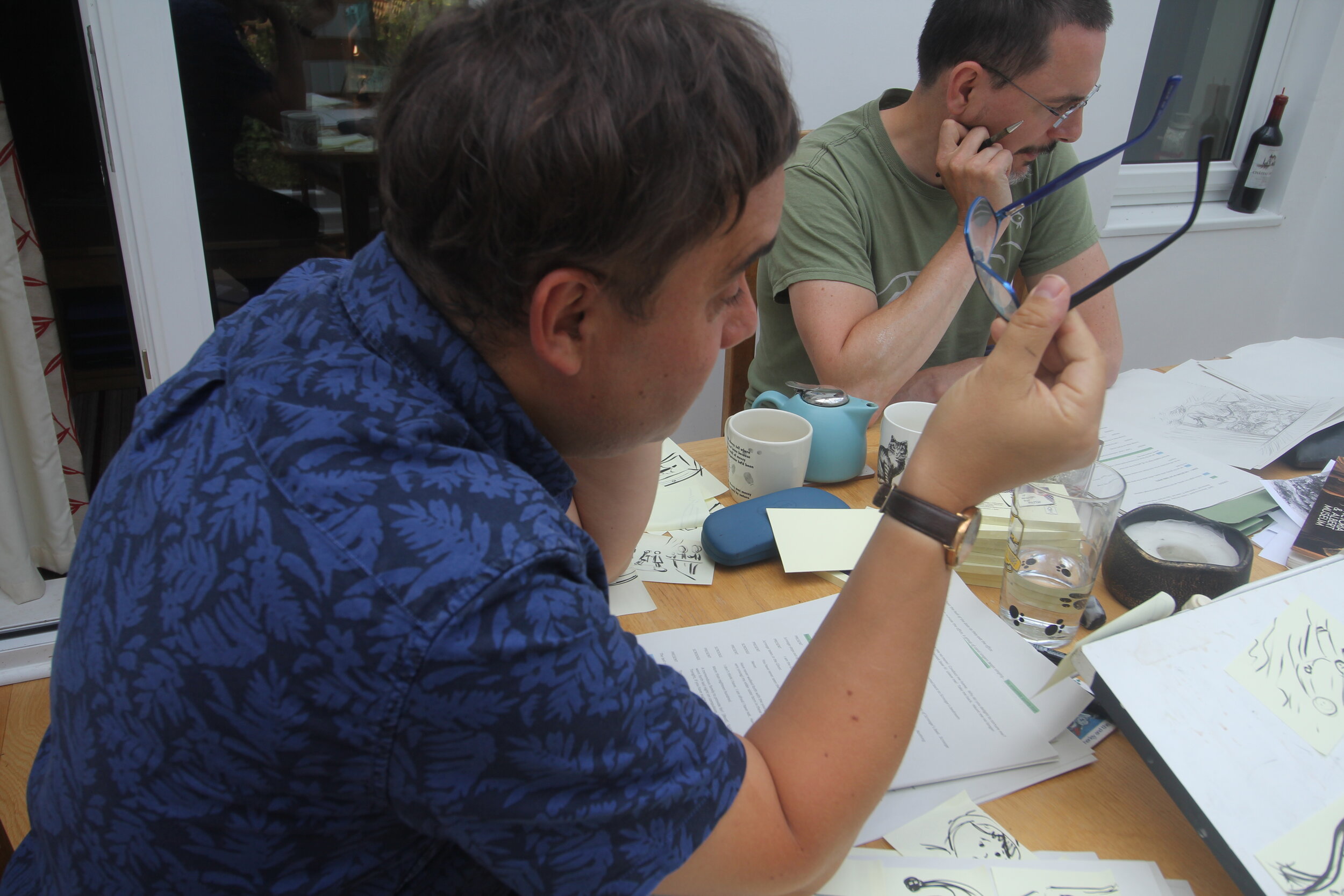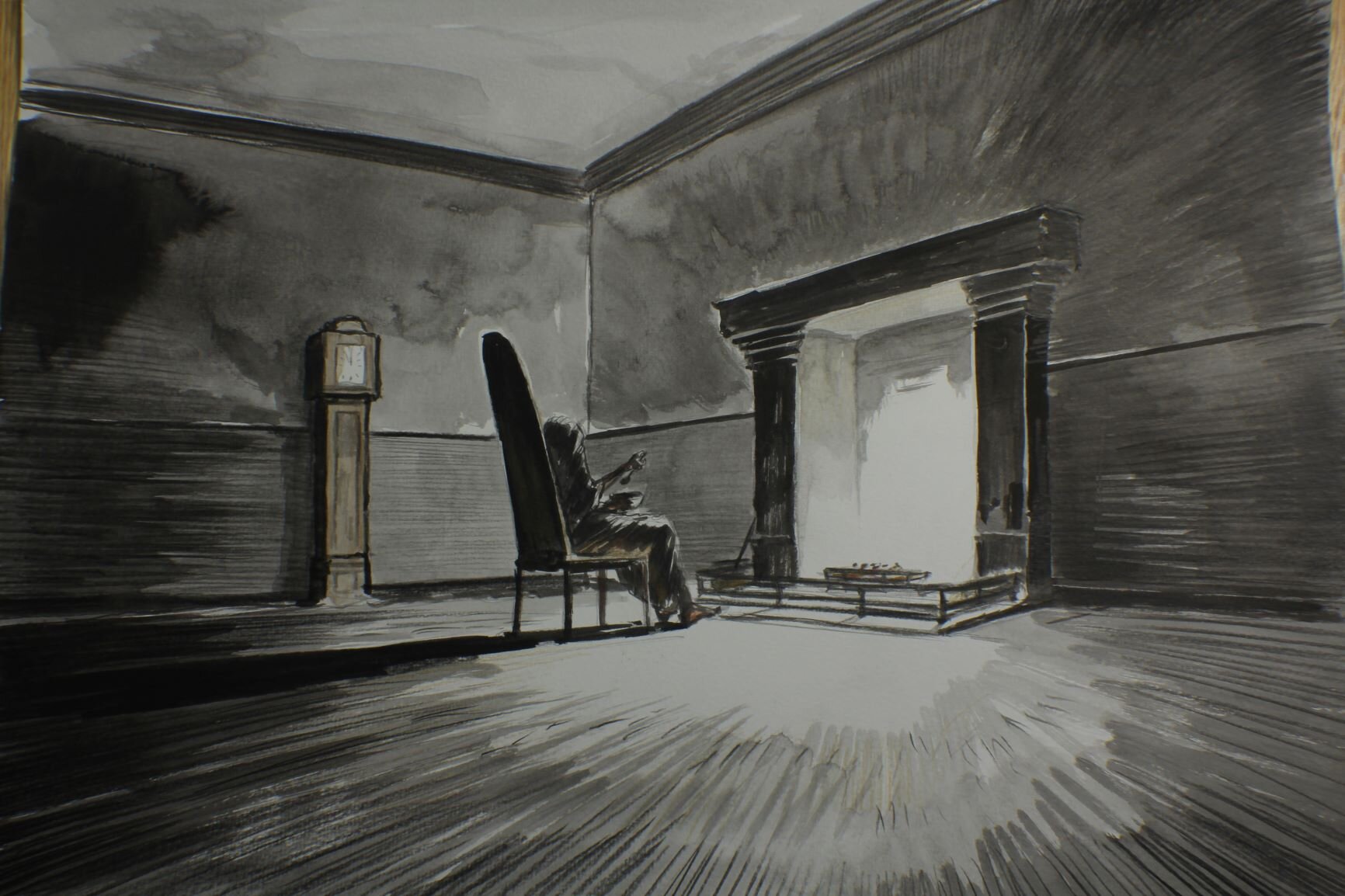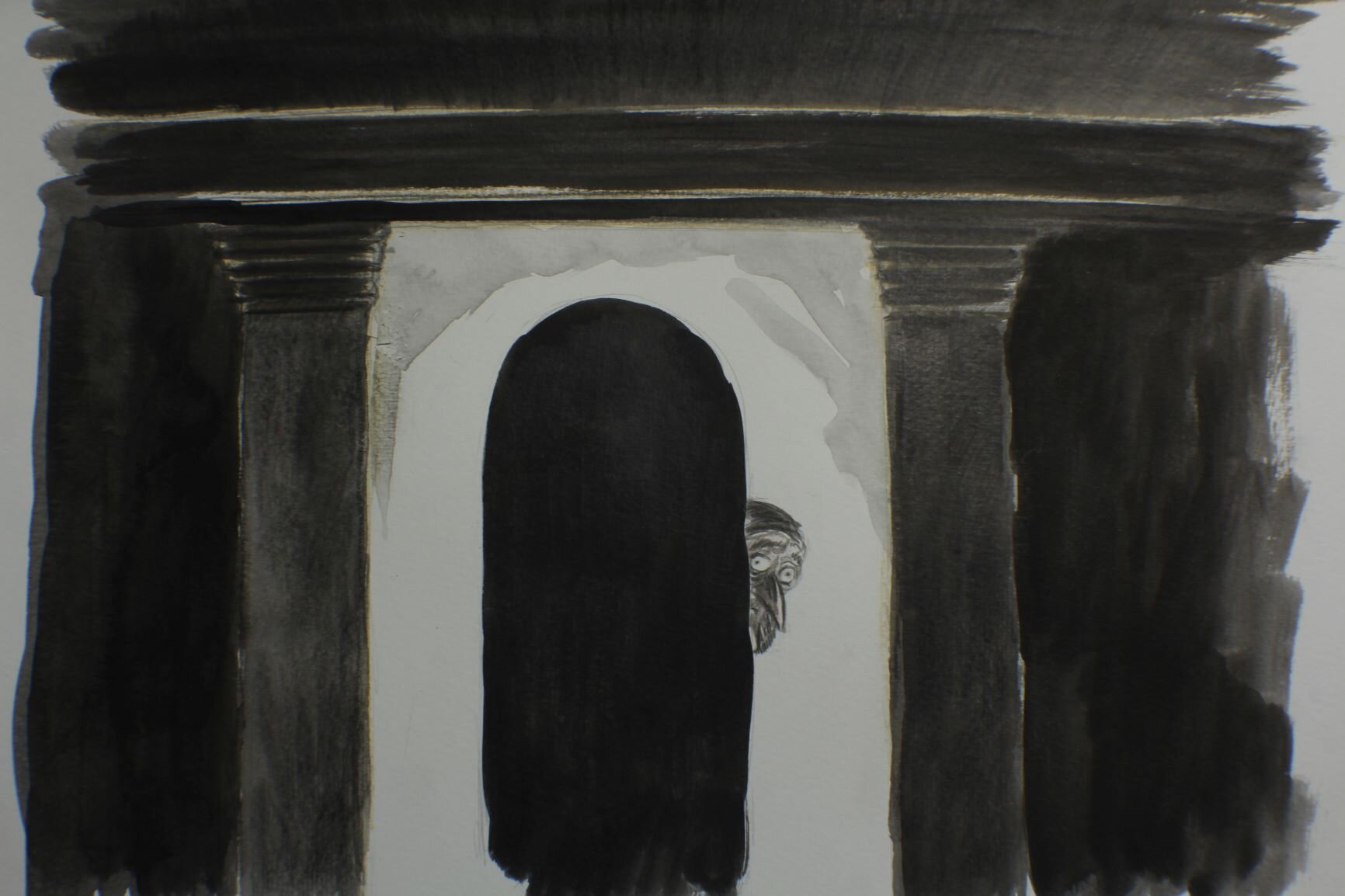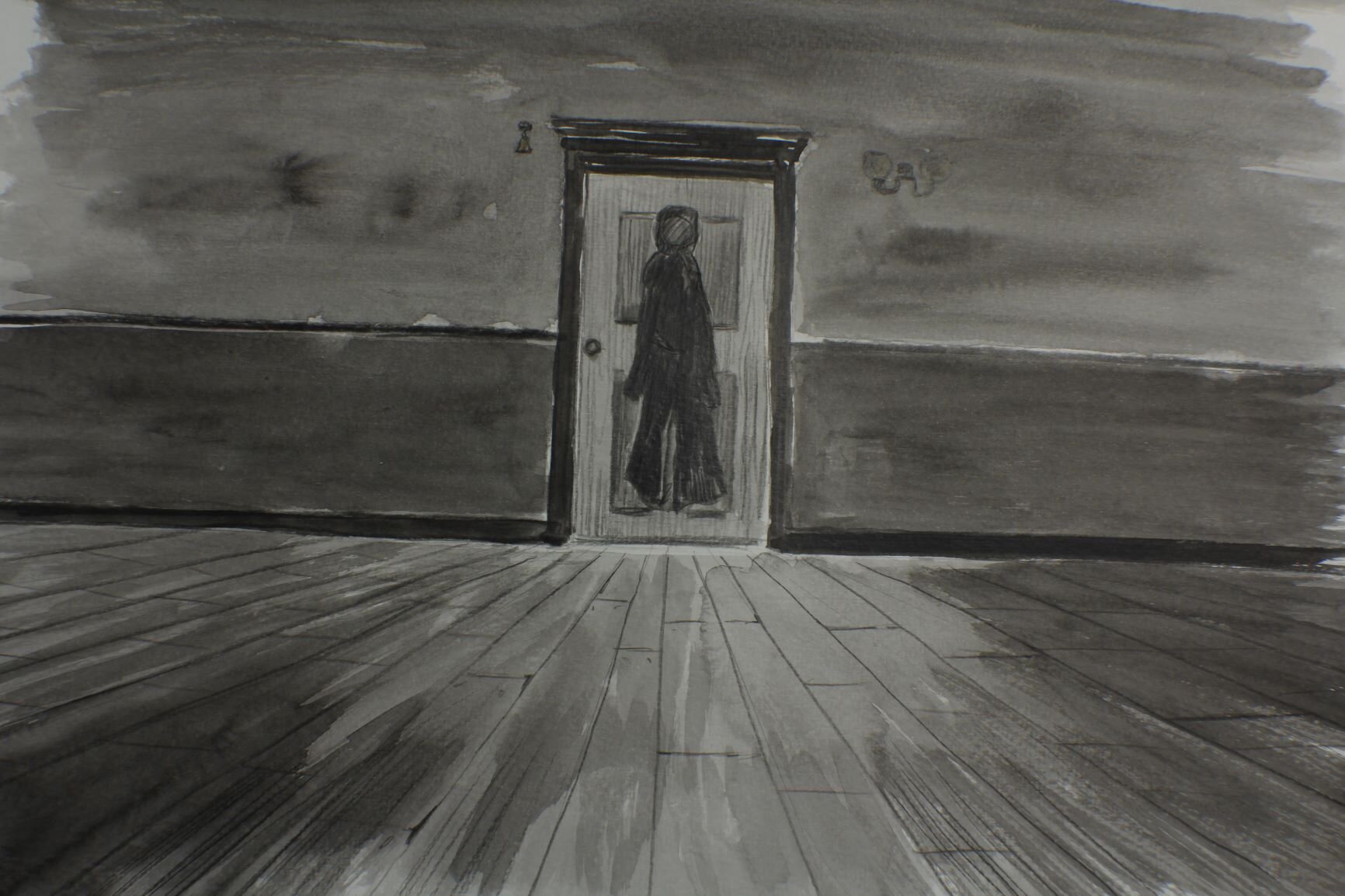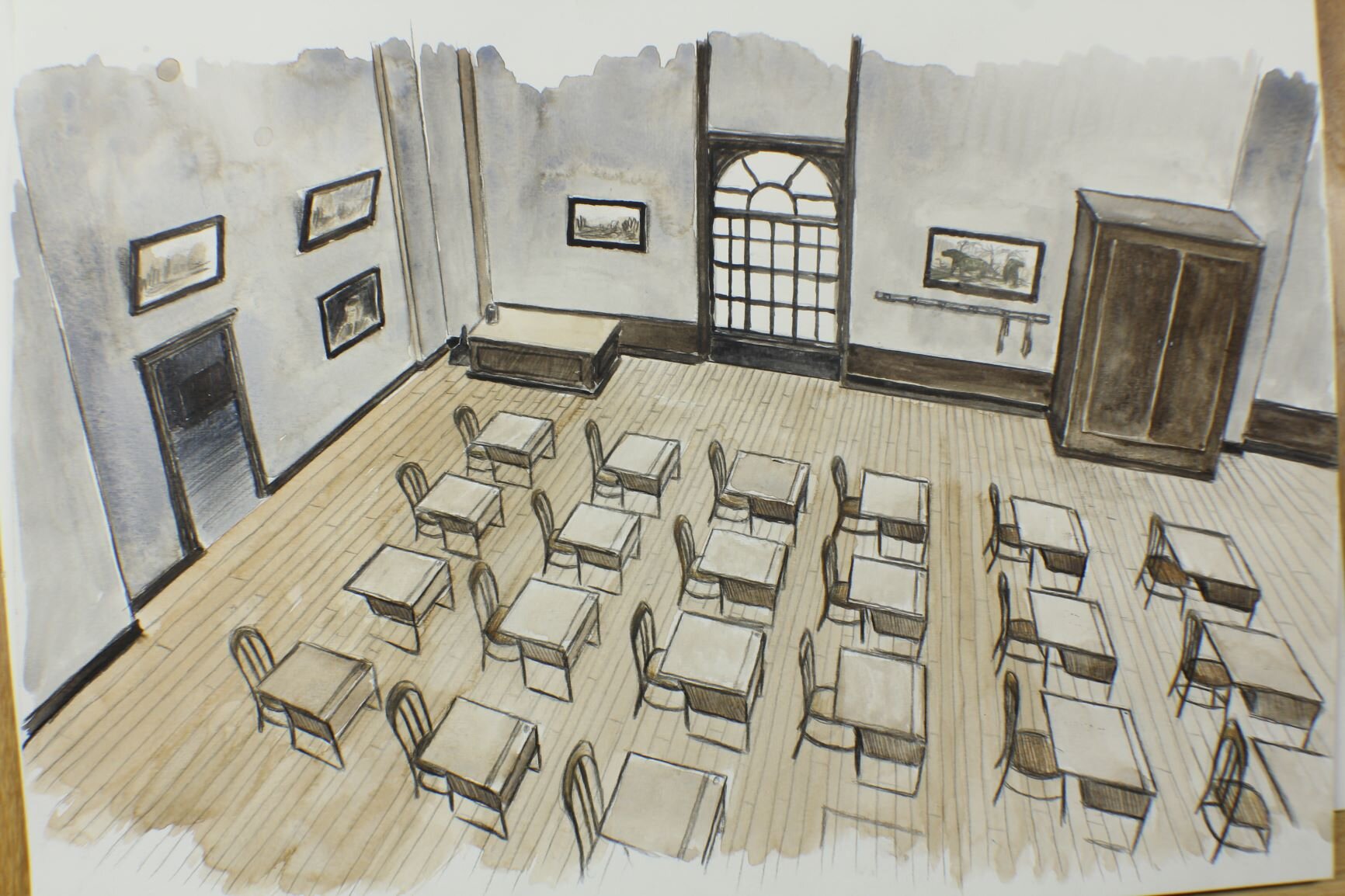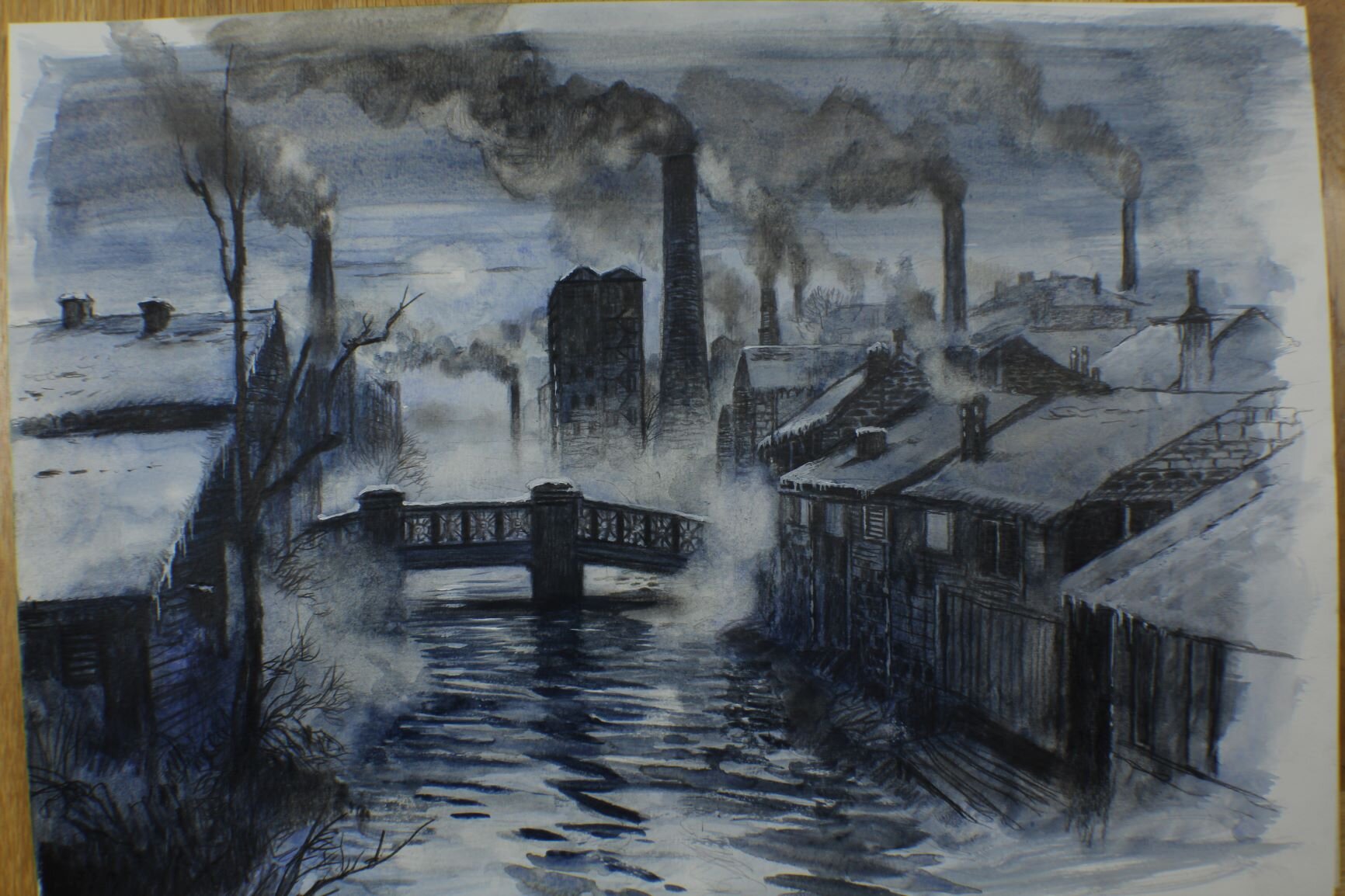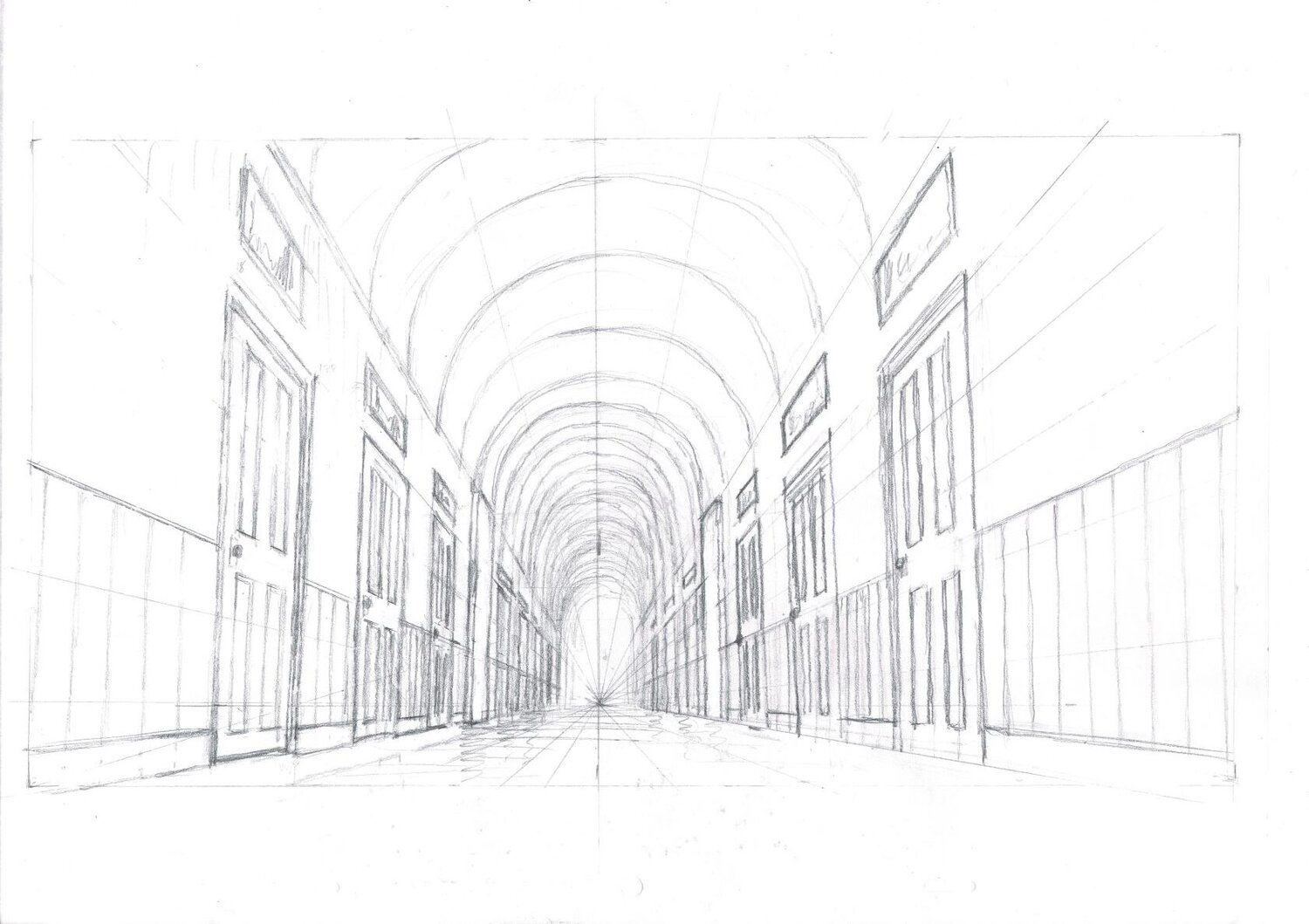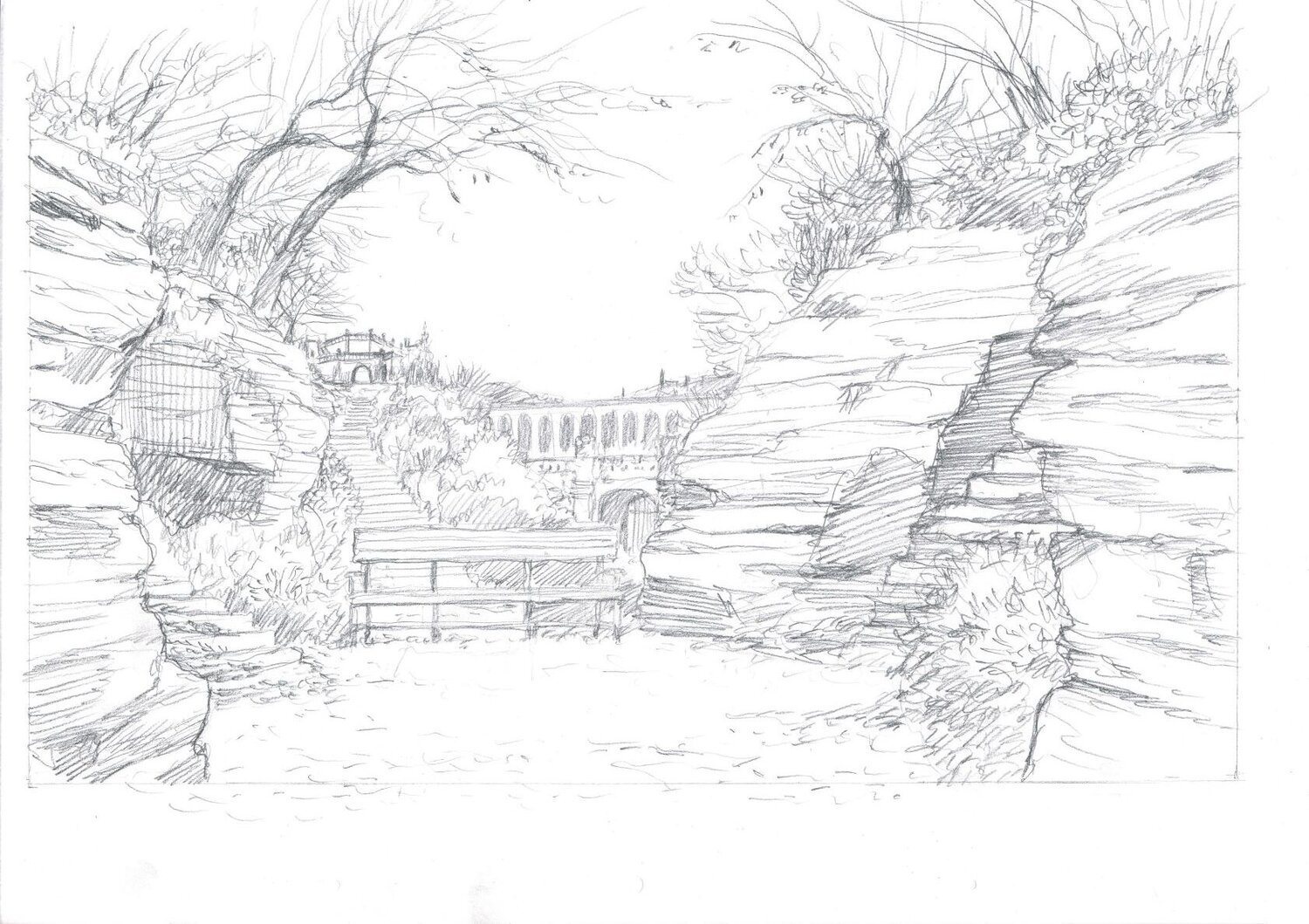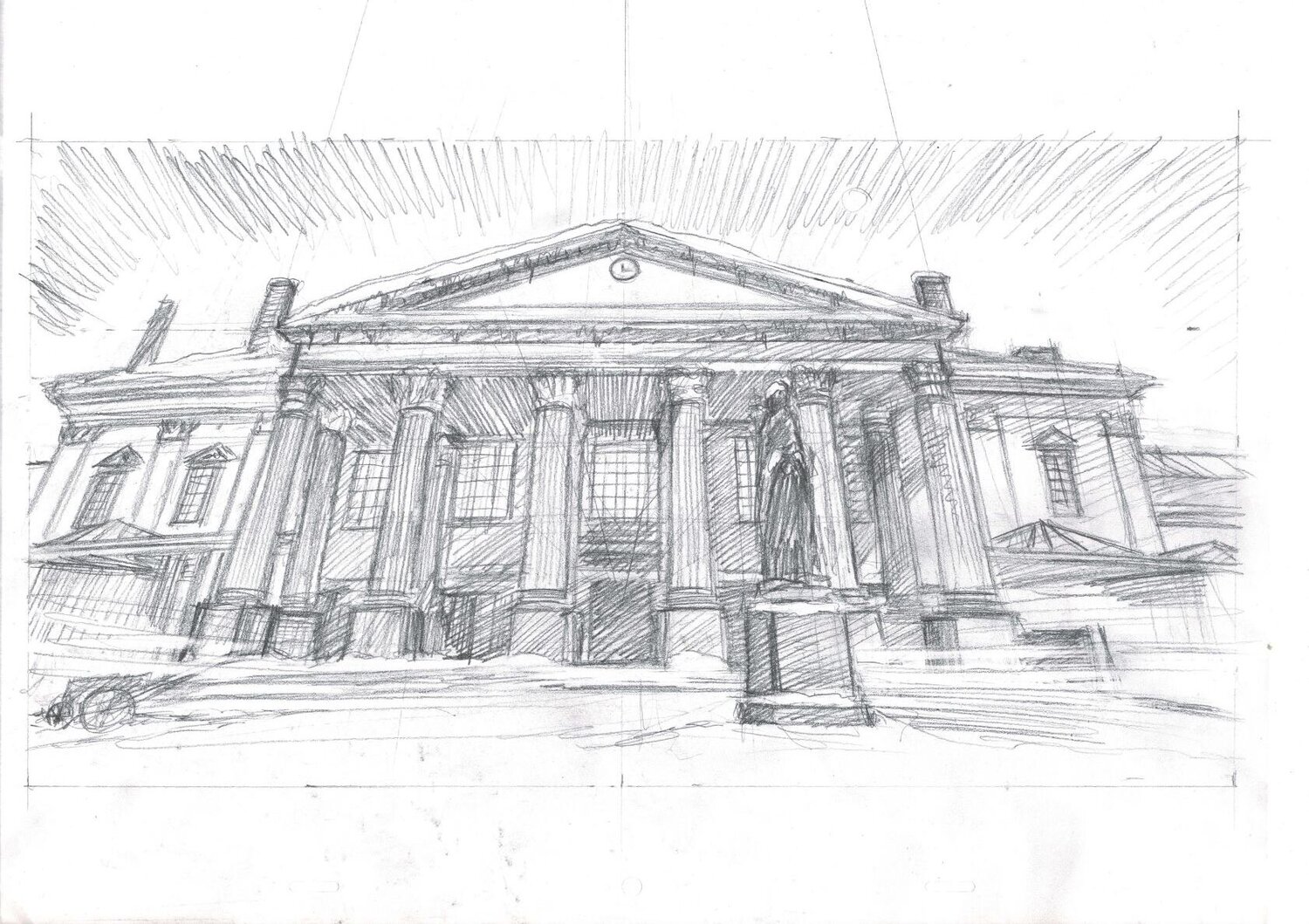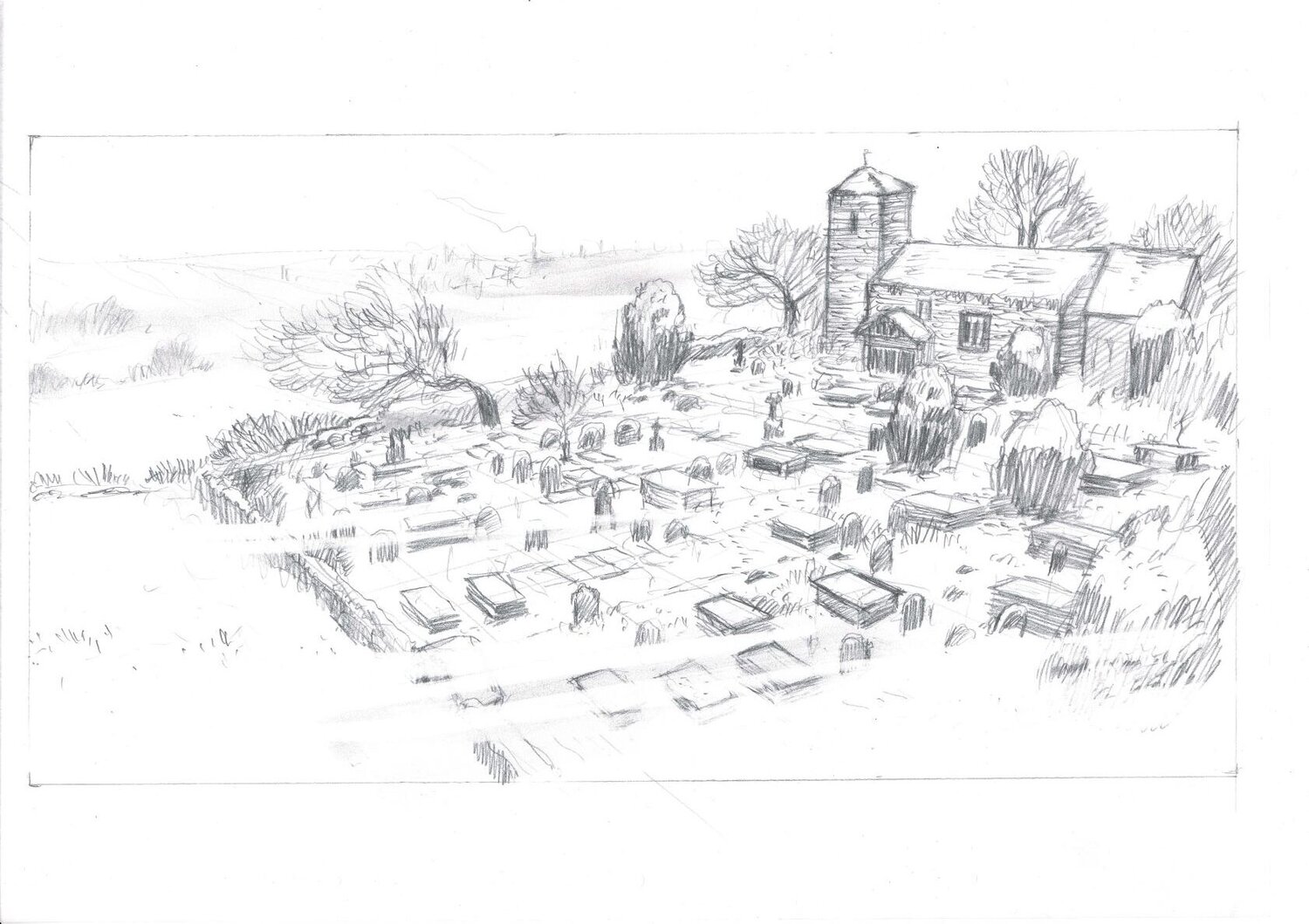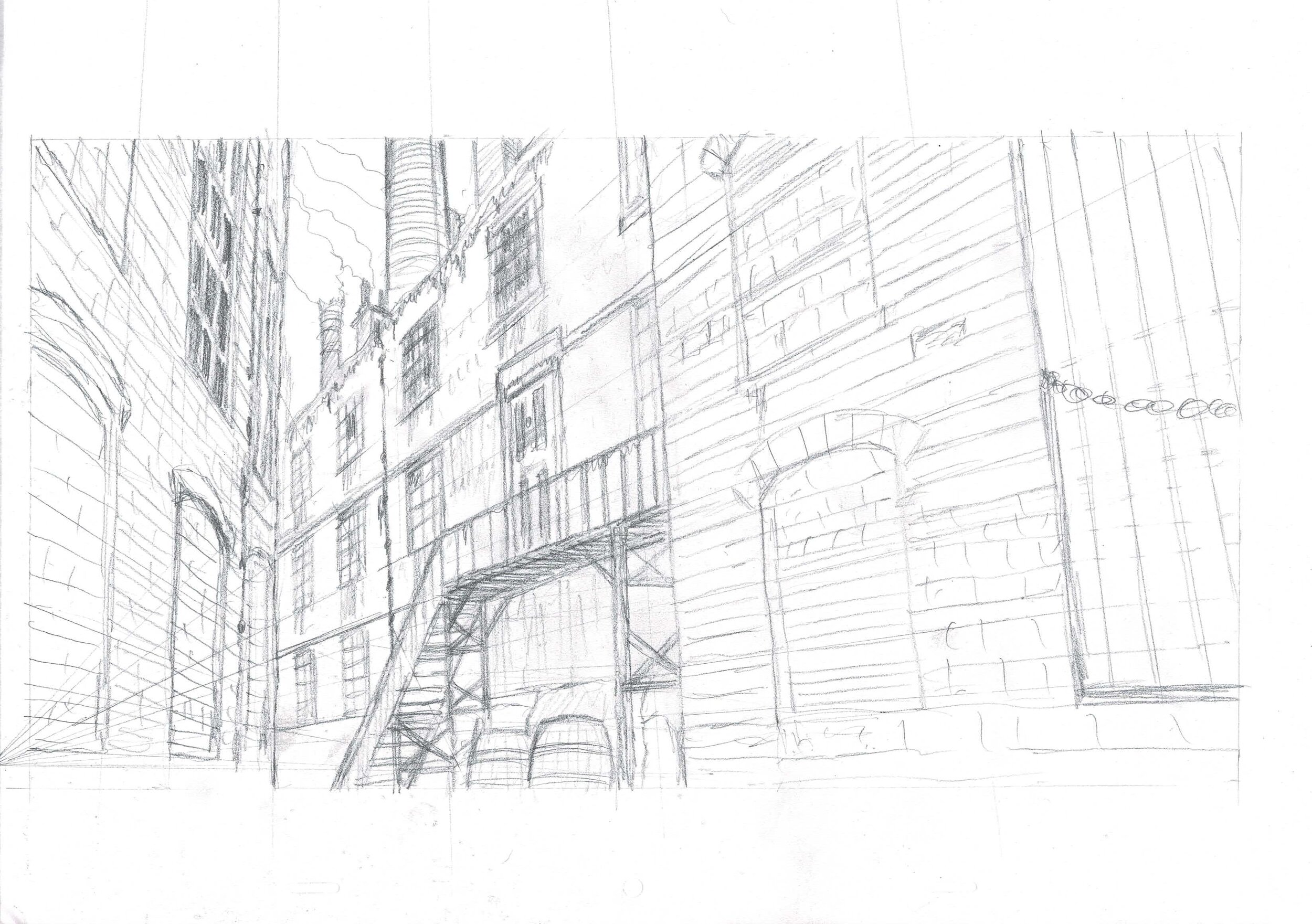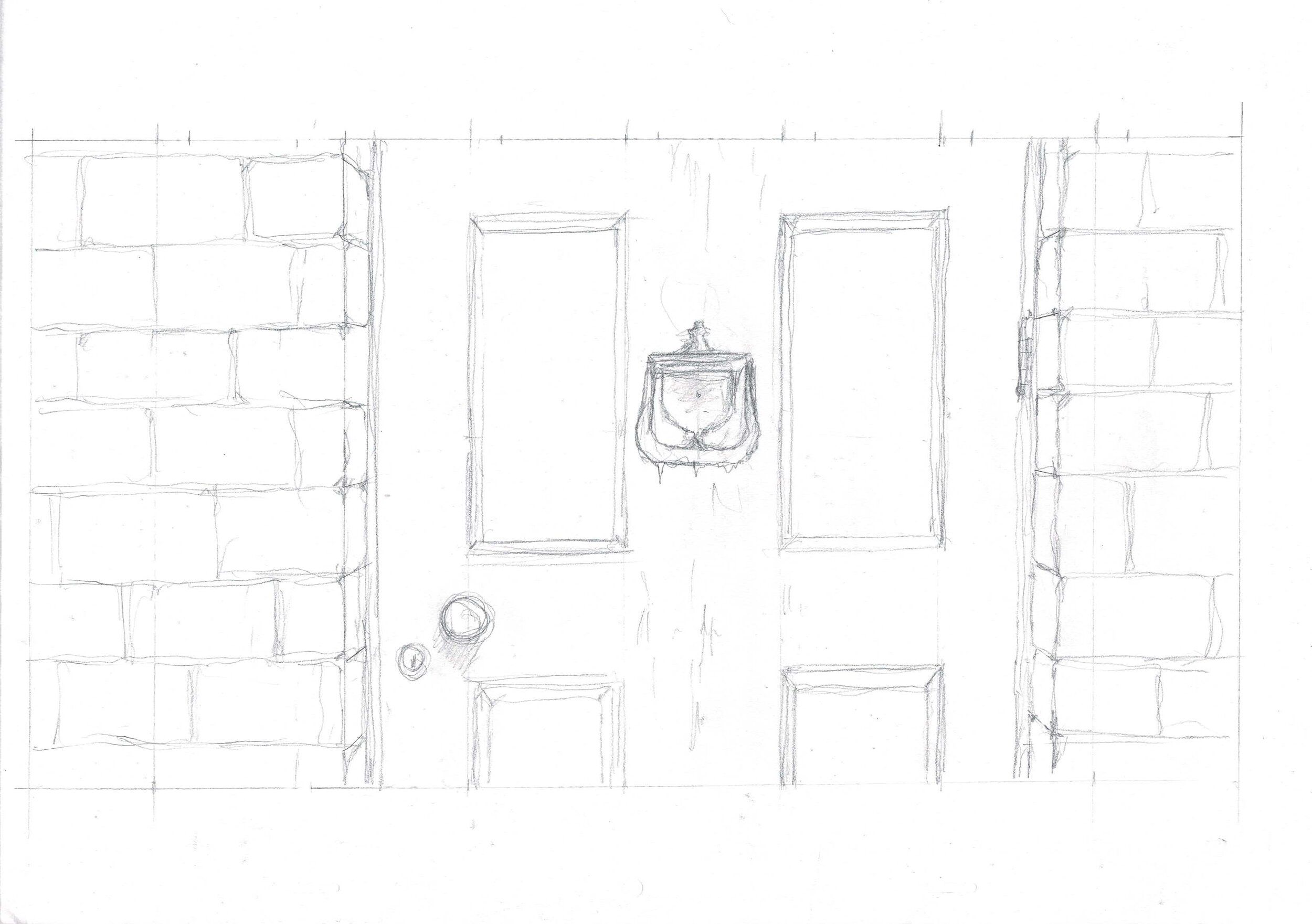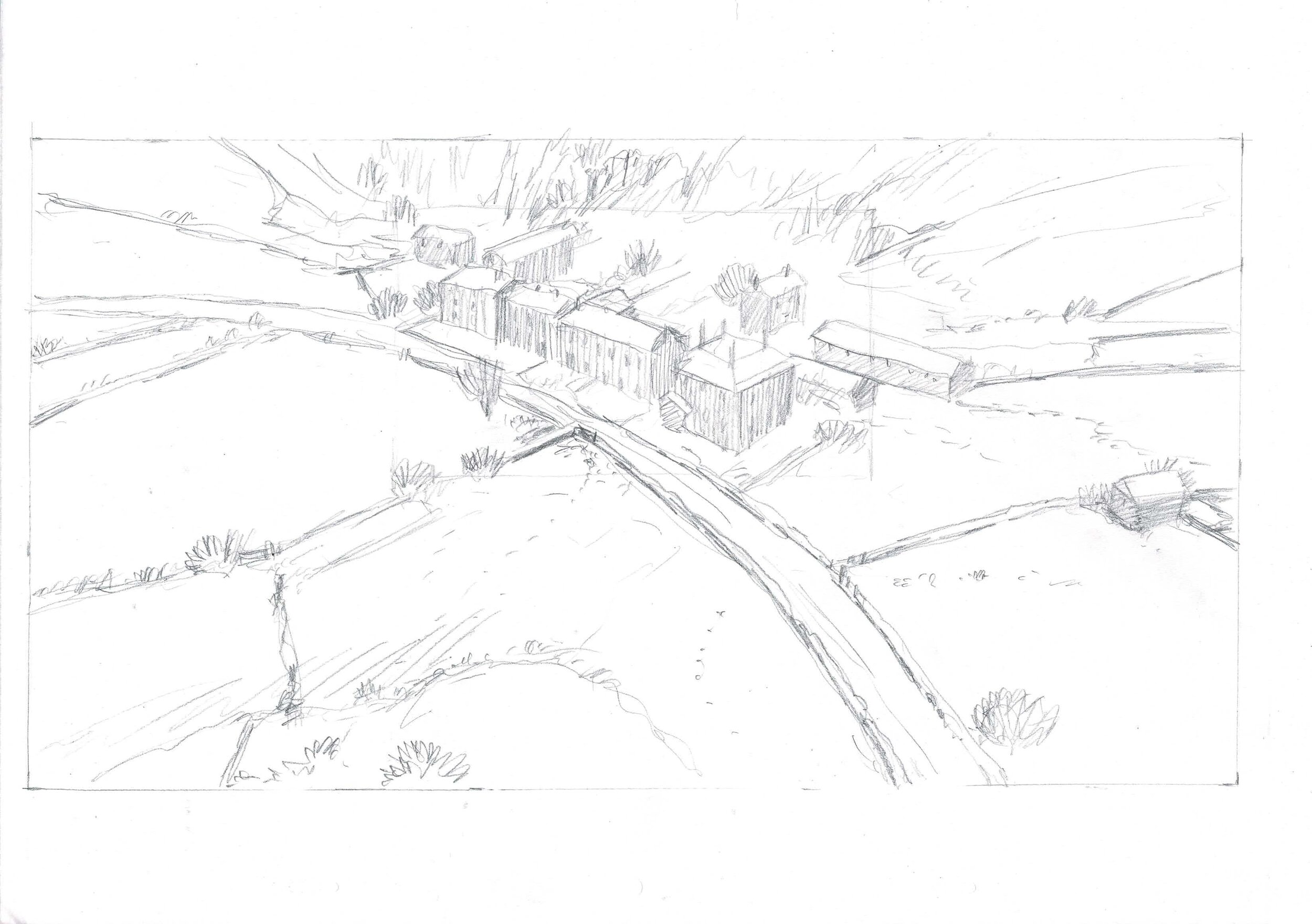Our recent review in The Stage said:
Dickens’ indelible tale is artfully condensed into a 40-minute running time, without skimping on the central message of the power of redemption or missing out any of its key moments.
So this is a perfect time to talk about the man who helped us do this, our editor, Adam Kirk.
Writer/Director Olivia Race’s play was written for the stage, so when circumstances made her rethink this as a fully animated production, I was left with a challenge. Great speeches and exchanges of dialogue make great theatre, but in animation, they tend to drag. Especially without the budget to animate character animation showing the nuances of acting a stage a actor brings. James and I, worked closely with with Olivia, trimmed lines as we built the film in storyboards. But with one month to go, we were still looking at a film with a 50-minute running time and…. it dragged. We needed an editor and thankfully I knew a very good one, Adam Kirk. But editors do more than cut. Adam also created one of my favorite moments in the film. I’ll let him tell the story!…
I was delighted to be asked to join the team by David Bunting and was given a free hand by producer Lauren Townsend and Writer / Director Olivia Race to “cut the film” as I thought was necessary… but bear in mind they “might want to put back what I had cut out!” When I saw the rough animatic for the first time it was a running around 50 minutes. After watching it I felt I should aim for around 40 minutes as this is a standard running length on a lot of series online. But what to cut out? The script had been so eloquently written by Olivia, this was not going to be easy... especially as I’d been originally given a day to do this!
After watching the film a couple of times, I decided to cut anything that didn’t move Scrooges character arc forward. But this wasn’t easy as I couldn’t cut any of the key moments. So I set about to cut down some of the dialogue that would have worked well on stage, but in this screen version didn’t feel absolutely necessary to understand the story. This got me down to 42 minutes…. So where to find a 2 minute scene to cut?! I eventually decided to cut the scene where we hear people talking about Scrooges death (originally in the book in the money houses) and move all those lines over an amazing shot (which was already animated) of the approach of Christmas Future.
I did all this using their dialogue and repeating that dialogue as if you were hearing snippets of people talking as time moved forward. The next day, I uploaded the finished rough cut of around 38 minutes… and waited for the zoom meeting to see everyone’s reaction.
Everyone loved it, especially the combined Christmas future and characters talking about Scrooges death. I passed the responsibility of cutting a proper sound track to Jon Hudson, sound designer and then it was onto the fine cut, working with Olivia and Lauren to put back parts of scenes and key lines I had cut out.. to bring us a final running time of 39’55 with credits.
Now all Davids animation team had to do was complete 140 shots in just over a week and a half and get them to me so I could cut them into the final film...



